Description
In preparing this third edition of our text, we wanted to provide long-time readers with new and updated material in a familiar format, while offering first-time readers an accessible, self-contained treatment of the essential core of modern microeconomic theory. To those ends, every chapter has been revised and updated.
The more significant changes include a new introduction to general equilibrium with contingent commodities in Chapter 5, along with a simplified proof of Arrow’s theorem and a new, careful development of the Gibbard Satterthwaite theorem in Chapter 6. Chapter 7 includes many refinements and extensions, especially in our presentation on Bayesian games. The biggest change – one we hope readers find interesting and useful – is an extensive, integrated presentation in Chapter 9 of many of the central results of mechanism design in the quasi-linear utility, private-values ??environment. We continue to believe that working through exercises is the surest way to master the material in this text. New exercises have been added to virtually every chapter, and others have been updated and revised. Many of the new exercises guide readers in developing for themselves extensions, refinements or alternative approaches to important material covered in the text. Hints and answers for selected exercises are provided at the end of the book, along with lists of theorems and definitions appearing in the text. We will continue to maintain a readers forum on the web, where readers can exchange solutions to exercises in the text.
The two full chapters of the Mathematical Appendix still provide students with a lengthy and largely self-contained development of the set theory, real analysis, topology, calculus, and modern optimization theory which are indispensable in modern microeconomics. Readers of this edition will now find a fuller, self-contained development of Lagrangian and Kuhn-Tucker methods, along with new material on the Theorem of the Maximum and two separation theorems. The exposition is formal but presumes nothing more than a good grounding in single-variable calculus and simple linear algebra as a starting point. We suggest that even students who are very well-prepared in mathematics browse both chapters of the appendix early on. That way, if and when some review or reference is needed, the reader will have a sense of how that material is organized. Before we begin to develop the theory itself, we ought to say a word to new readers about the role mathematics will play in this text. Often, you will notice we make certain assumptions purely for the sake of mathematical expediency.
The justification for proceeding this way is simple, and it is the same in every other branch of science. These abstractions from reality allow us to bring to bear powerful mathematical methods that, by the rigor of the logical discipline they impose, help extend our insights into areas beyond the reach of our intuition and experience. In the physical world, there is such no such thing as a frictionless plane or a perfect vacuum. In economics, as in physics, allowing ourselves to accept assumptions like these frees us to focus on more important aspects of the problem and thus helps to establish benchmarks in theory against which to gauge experience and observation in the real world. This does not mean that you must wholeheartedly embrace every unrealistic or purely formal aspect of the theory. Far from it. It is always worthwhile to cast a critical eye on these matters as they arise and to ask yourself what is won, and what is sacrificed, by the abstraction at hand.
Thought and insight on these points are the stuff of which advances in theory and knowledge are made. From here on, however, we will take the theory as it is and seek to understand it on its own terms, leaving much of its critical appraisal to your moments away from this book. Finally, we wish to acknowledge the many readers and colleagues who have provided helpful comments and pointed out errors in previous editions. Your keen eyes and good judgments have helped us make this third edition better and more complete than it otherwise would be. While we cannot thank all of you personally, we must thank Eddie Dekel, Roger Myerson, Derek Neal, Motty Perry, Arthur Robson, Steve Williams, and Jörgen Weibull for their thoughtful comments
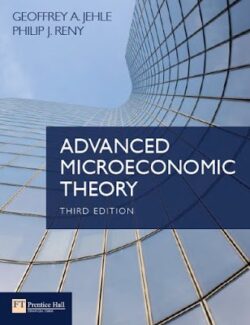
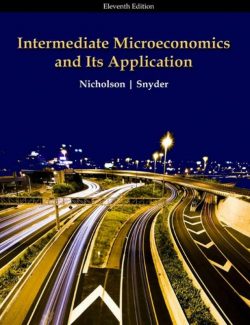

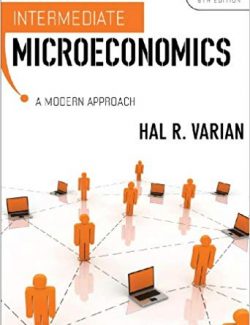
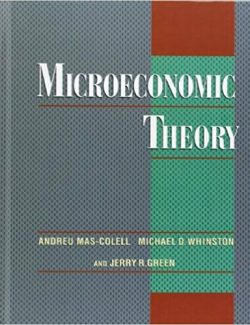
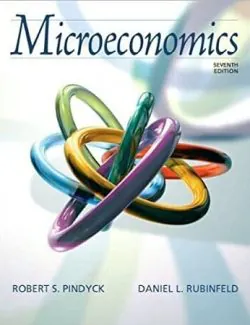
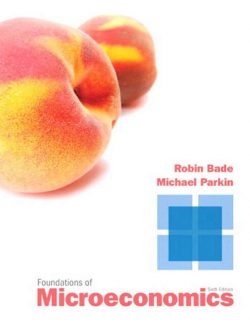
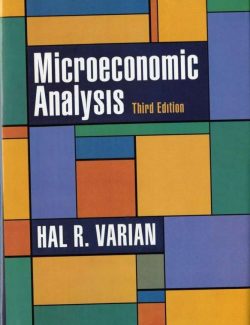
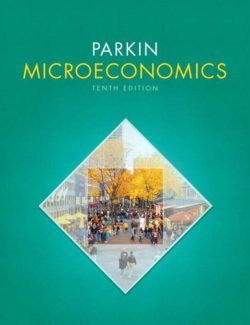
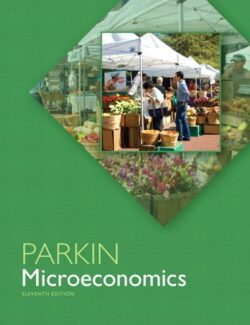
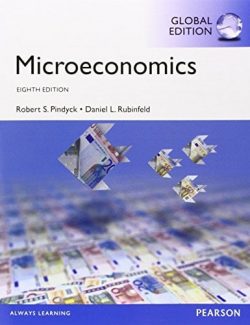
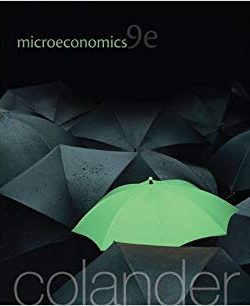
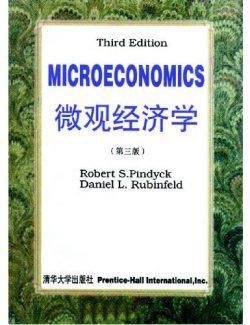
Leave us a comment
No Comments